For many English language instructors, teaching academic writing can be a struggle. Perhaps that’s because we usually approach writing internally, and often without any kind of structure or process. Students might start with the first sentence and see where that takes them. But think of it this way: Unless you’re a world-class chef, you cannot prepare a quality meal by figuring it out as you go along. You think about what ingredients you need, gather and prepare them, then cook them following a particular process to achieve the desired result.
By introducing more preparation and process, students can greatly improve the quality of their essays. For teachers, gaining an understanding of these stages and skills makes teaching writing easier.
Below are six skills that teachers can use in their lessons to more effectively teach academic writing, with examples from the third edition of Pathways Reading and Writing.
Do you want to learn even more tips for teaching academic writing from ELT experts? Watch our webinar, “Tips for Academic Writing Success!”
1. Consider the type of essay students are being asked to write.
Does the prompt ask them to argue a position (opinion essay)? Do they need to explain how something works (process essay)? Or are they being asked to describe a problem and suggest potential solutions (problem-solution essay)? Pathways teaches characteristics of the different essay types and ultimately how to produce appropriately written and structured paragraphs (in the lower levels) up to full essays (in the higher levels).
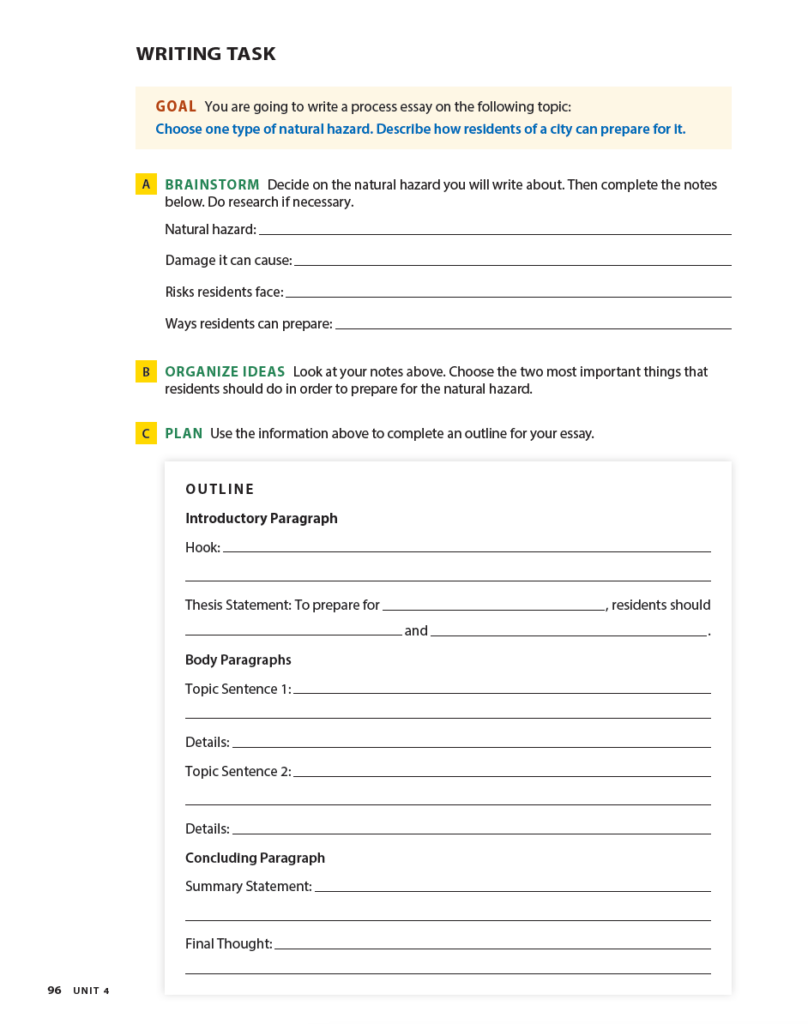

2. Brainstorm the topic and make an outline.
It’s okay if students haven’t decided on their position in the early stages. As they research and think more about the topic, their opinion on it will evolve and they may decide on a position to take (their thesis statement) later. Every unit of Pathways Reading and Writing guides students—first in brainstorming the topic to make sure that they are approaching their essay with an informed mindset, and later in outlining their essays so all their ideas are in one place for easy reference.
One way to help students brainstorm effectively is to have them use a visual to organize their ideas. This Writing Task from Pathways asks students to fill out a chart as they brainstorm topics for a persuasive essay:
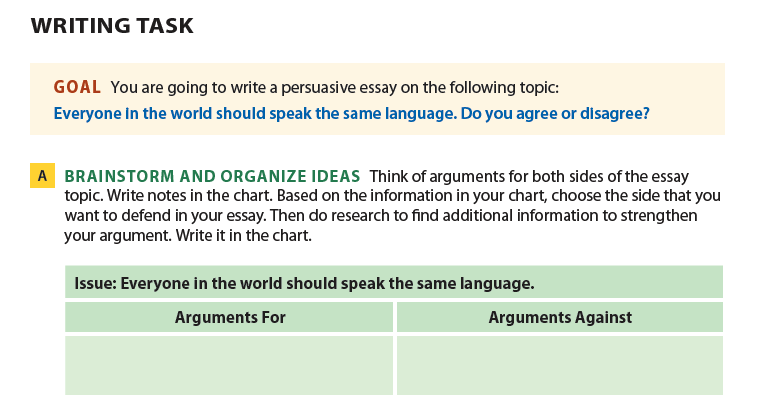
Model essays are another great resource for students to use as they outline and draft their essays. This gives them an idea of what to aspire toward.
3. Research and gather reliable sources of information.
An academic essay needs information from experts to support the argument. Fortunately, the Internet has made accessing this easier than ever. On the other hand, the plethora of information available means it has become much more difficult to figure out what is reliable and what is not. Guide your students to think critically about their sources so they can decide which ones best support their essay.
Review the strategies for conducting online research below. Which of these tips would you share with your students? Are there any tips you would add?
It is also important for students to learn when and how to cite information from other sources to avoid plagiarism, as well as how to use commonly accepted citation styles (e.g. APA style). One way to reinforce the practice of citing sources is by having students complete activities that help them identify correct and incorrect citations. This activity from Pathways Reading and Writing, Level 4 presents students with in-text citations and challenges them to correct the errors in each one:
4. Organize your ideas effectively.
Students need to do their extensive research justice by presenting it in an order that maximizes its impact. At the very basic level, students need to use appropriate language to refer to each supporting argument. For example, you can introduce each argument by using words like first, second, third, etc. But students should aim for consistency in the word forms they use—for example, they should avoid using First of all, secondly, third in the same essay.
5. Consider how the different sections relate.
It’s one thing for students to wrap their heads around all the parts needed in an essay, their functions, and how they will plug in their research and ideas. It’s another thing to make the different sections connect, flow, and form a cohesive argument. In the lower levels of Pathways, students learn about these different sections in detail, as well as appropriate language structures to use.
For example, it is very important for students to learn how to use topic sentences to introduce the main ideas in each paragraph:
In Level 2, students learn how to form full paragraphs for each section, before ultimately producing full essays in Levels 3 and 4, complete with linking words and phrases so that it’s clear to the reader how their ideas and arguments relate. These words and phrases might be used to introduce a process (e.g. The first step is …, Next, …; Most importantly, …), explain what evidence means and why it’s important (The implication of this is …; As this evidence shows, …; This supports the idea that …) or introduce counterarguments (while, even though, etc), to name a few examples.
6. Revise, revise, revise!
As Pablo Picasso said, “Art is the elimination of the unnecessary.” Great writers aren’t necessarily great at writing. They’re great at revision. Writing means revising, revising, and revising—sculpting away what is not needed until all that’s left is a powerful essay.
There are, of course, different ways to approach revision. Students can do multiple read-throughs, making tweaks as they go along. Or they can follow a more systematic approach—doing one read-through for punctuation and spelling errors, one for fact-checking, one for phrasing, one for structure, and so on. The process is up to the individual. Every unit in Pathways contains a revision activity—first done on the student’s own writing and later on their peers’ writing—to ensure that their final drafts are as good as they can possibly be.
How do you feel about teaching writing in the classroom? Are there any other writing tips your students have found useful? Let us know in the comments!
With carefully guided lessons and explicit reading and writing practice, Pathways develops the language skills, critical thinking, and learning strategies required for academic success.


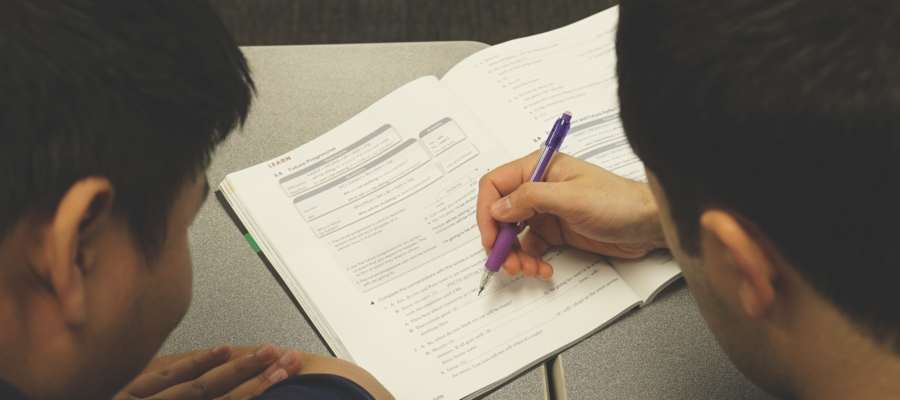
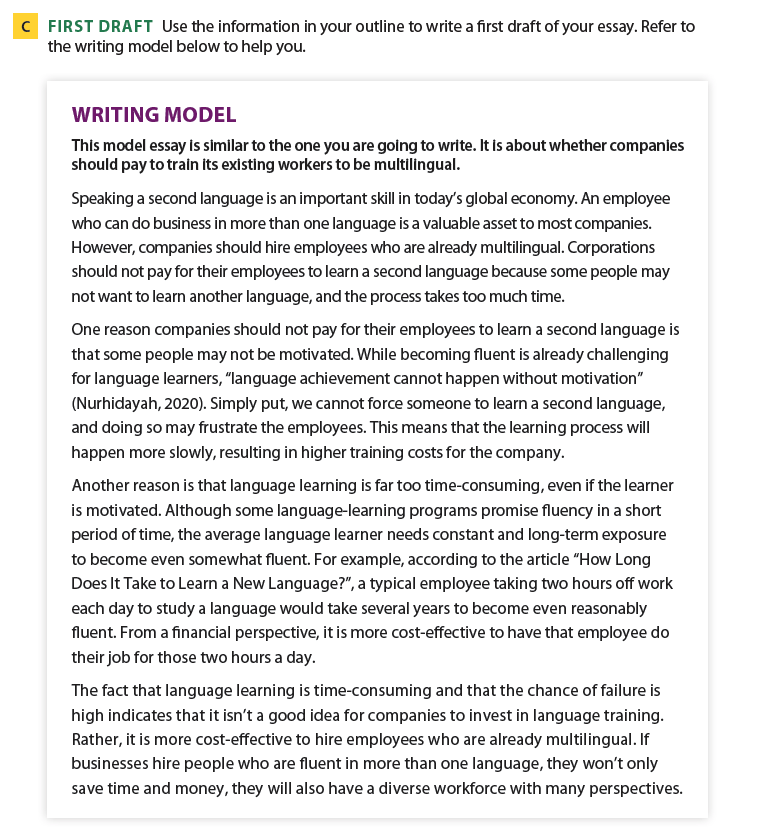
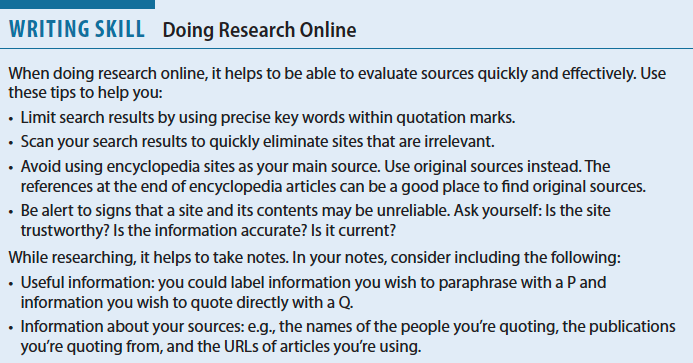
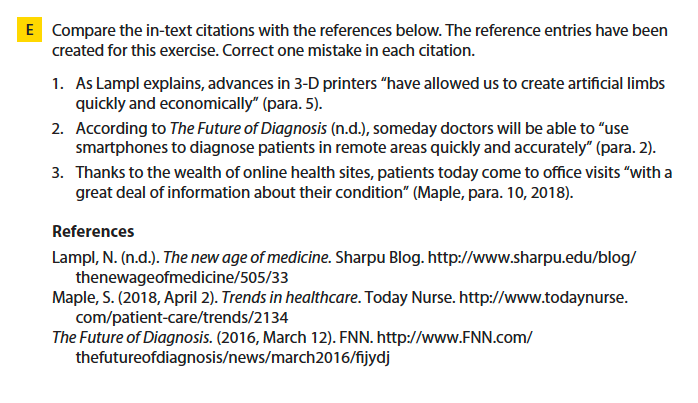
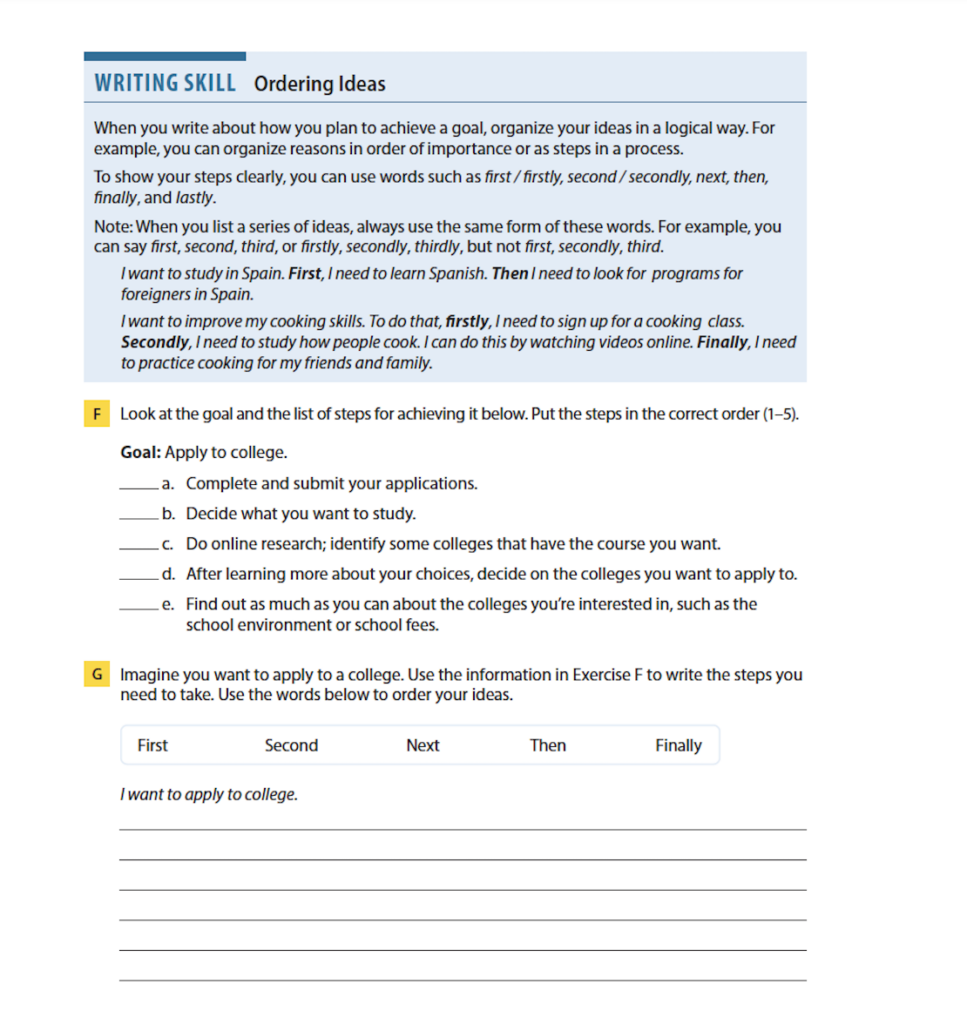

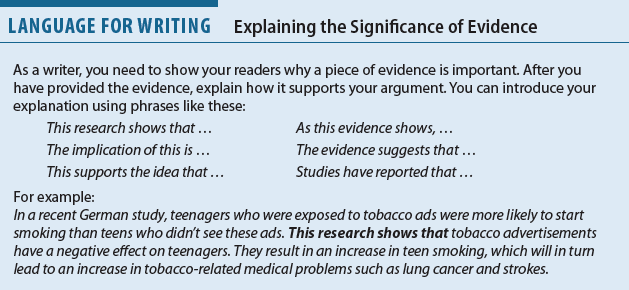
Effective academic writing requires a structured approach, starting with understanding the essay type, brainstorming, outlining, and researching reliable sources. These strategies, as outlined in Pathways, guide students in crafting well-supported essays.
Thank you for your comment, Yamin! We are so glad to hear that the strategies used in the Pathways set your students up for success in academic writing.